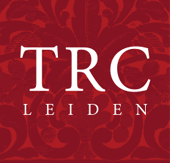Maltese lace is normally worked on a long, narrow pillow (trajbu) that is placed almost vertically. It is about 60 cm long, and made of dry straw wrapped up in hessian cloth. This bundle is subequently covered in cotton, newspaper and flour paste. After having been dried in the sun, it is covered with brown paper. The bobbins (combini) used are normally very long, thin forms of wood with no beaded spangle at the lower end. They are normally made of the wood from a fruit tree.
A feature of Maltese lace is the use of soft, thick silk yarns. In the past, much of the silk used for the lace came from Sicily in southern Italy, but there was also a small silk industry on Malta itself that included farmers, spinners, dyers and weavers.
Silk products from Malta, including Maltese lace, found a ready market among the clergy of the Catholic Church on the island, as well as among the Maltese aristocracy, tourists, and others.

